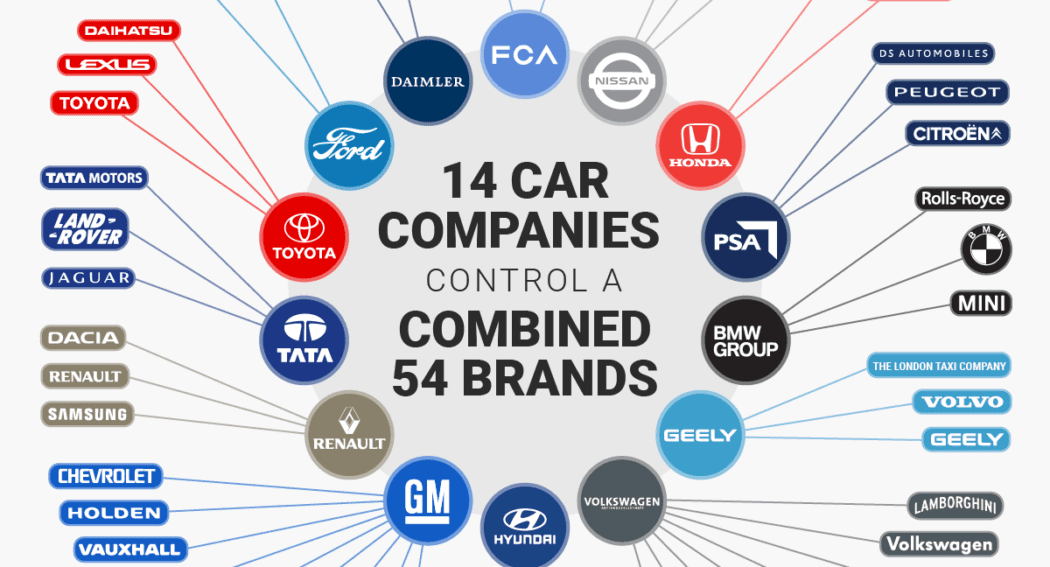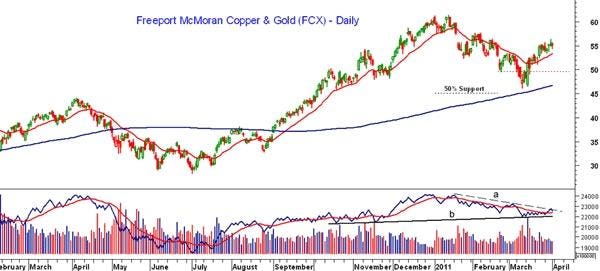The China Market: Navigating Challenges For Automakers Like BMW And Porsche

Table of Contents
Intense Competition and Local Players
The Chinese automotive market is fiercely competitive. Established international brands face pressure not only from each other but also, and perhaps more significantly, from rapidly growing domestic players like BYD, NIO, and Xpeng. These Chinese auto brands are aggressively expanding their market share, particularly in the burgeoning electric vehicle (EV) segment. This domestic competition in China is forcing premium brands to rethink their strategies.
- Rising popularity of domestic EV brands: Chinese consumers are increasingly drawn to domestic EVs, which often offer competitive pricing and features, sometimes exceeding those of established international brands in specific areas.
- Differentiation is key: Premium brands like BMW and Porsche must differentiate themselves through superior technology, strong branding, exceptional customer service, and a deep understanding of the Chinese consumer. Simply relying on established brand recognition is no longer sufficient.
- Understanding Chinese consumer preferences: Adapting products and marketing strategies to align with the evolving preferences of Chinese consumers is paramount. This includes understanding their technological expectations, lifestyle choices, and brand perceptions.
Regulatory Hurdles and Government Policies
Navigating the complex regulatory landscape in China is crucial for any automaker, especially those aiming for a significant market share. Understanding and adapting to the ever-changing government policies and automotive regulations in China is essential for long-term profitability and success. This includes a thorough understanding of import tariffs, emission standards, and government incentives for EVs.
- Stricter emission regulations and the EV push: China is aggressively pushing for electric vehicle adoption, implementing stricter emission standards and offering substantial subsidies for electric and hybrid vehicles. Automakers must adapt their product portfolios accordingly.
- Complex import and export procedures: Navigating the intricate import and export procedures within the China automotive industry can be challenging and requires significant expertise and resources.
- Adapting to changing policies: Government policies in China can change rapidly, requiring automakers to maintain flexibility and agility in their operations and planning.
Supply Chain Disruptions and Logistics
The COVID-19 pandemic and ongoing geopolitical factors have highlighted the vulnerabilities of global supply chains, particularly impacting the automotive sector in China. Automakers must develop effective strategies to manage potential disruptions and ensure a reliable flow of parts and components. Efficient logistics and a robust supply chain are critical for success in the China market.
- Factory shutdowns and production delays: Lockdowns and supply chain disruptions can lead to factory shutdowns and production delays, significantly impacting profitability.
- Robust risk management: Implementing robust risk management strategies is crucial to mitigate potential supply chain vulnerabilities and ensure business continuity. This includes diversification and contingency planning.
- Diversifying sourcing: Reducing reliance on single suppliers by diversifying sourcing across multiple regions and manufacturers is a critical aspect of mitigating supply chain risk.
Understanding the Chinese Consumer
Chinese consumers, particularly in the luxury car market, have unique preferences and expectations. Understanding these nuances is critical for successful marketing and product development in the China market. Luxury car buyers in China are discerning and have high expectations for quality, service, and brand image.
- Digital marketing dominance: Digital marketing and online sales channels play a significant role in reaching Chinese consumers. A strong online presence is crucial.
- Brand image and prestige: Brand image and prestige are highly valued by Chinese luxury car buyers. Marketing strategies must reflect this.
- Personalized and customized services: Chinese consumers increasingly demand personalized and customized services, going beyond the standard customer experience.
Conclusion
The China market presents a formidable challenge for premium automakers like BMW and Porsche. Success requires a multifaceted approach, encompassing a deep understanding of the intense competition from Chinese auto brands, the complex regulatory environment, potential supply chain disruptions, and the unique characteristics of Chinese consumers. By strategically addressing these challenges through robust adaptation and planning, international brands can unlock the immense potential of this dynamic and lucrative market. To thrive in the China market, consistent adaptation and a long-term commitment are essential. Don't hesitate to research further into the nuances of the China automotive market to fully understand its opportunities and risks.

Featured Posts
-
 Elon Musk Doge And The Epa A Turning Point For Tesla And Space X
Apr 24, 2025
Elon Musk Doge And The Epa A Turning Point For Tesla And Space X
Apr 24, 2025 -
 Navigate The Private Credit Boom 5 Essential Dos And Don Ts
Apr 24, 2025
Navigate The Private Credit Boom 5 Essential Dos And Don Ts
Apr 24, 2025 -
 Hisd Mariachi Headed To Uil State Competition After Viral Whataburger Video
Apr 24, 2025
Hisd Mariachi Headed To Uil State Competition After Viral Whataburger Video
Apr 24, 2025 -
 Chinese Buyout Firms Potential Sale Of Utac Market Implications
Apr 24, 2025
Chinese Buyout Firms Potential Sale Of Utac Market Implications
Apr 24, 2025 -
 7
Apr 24, 2025
7
Apr 24, 2025
